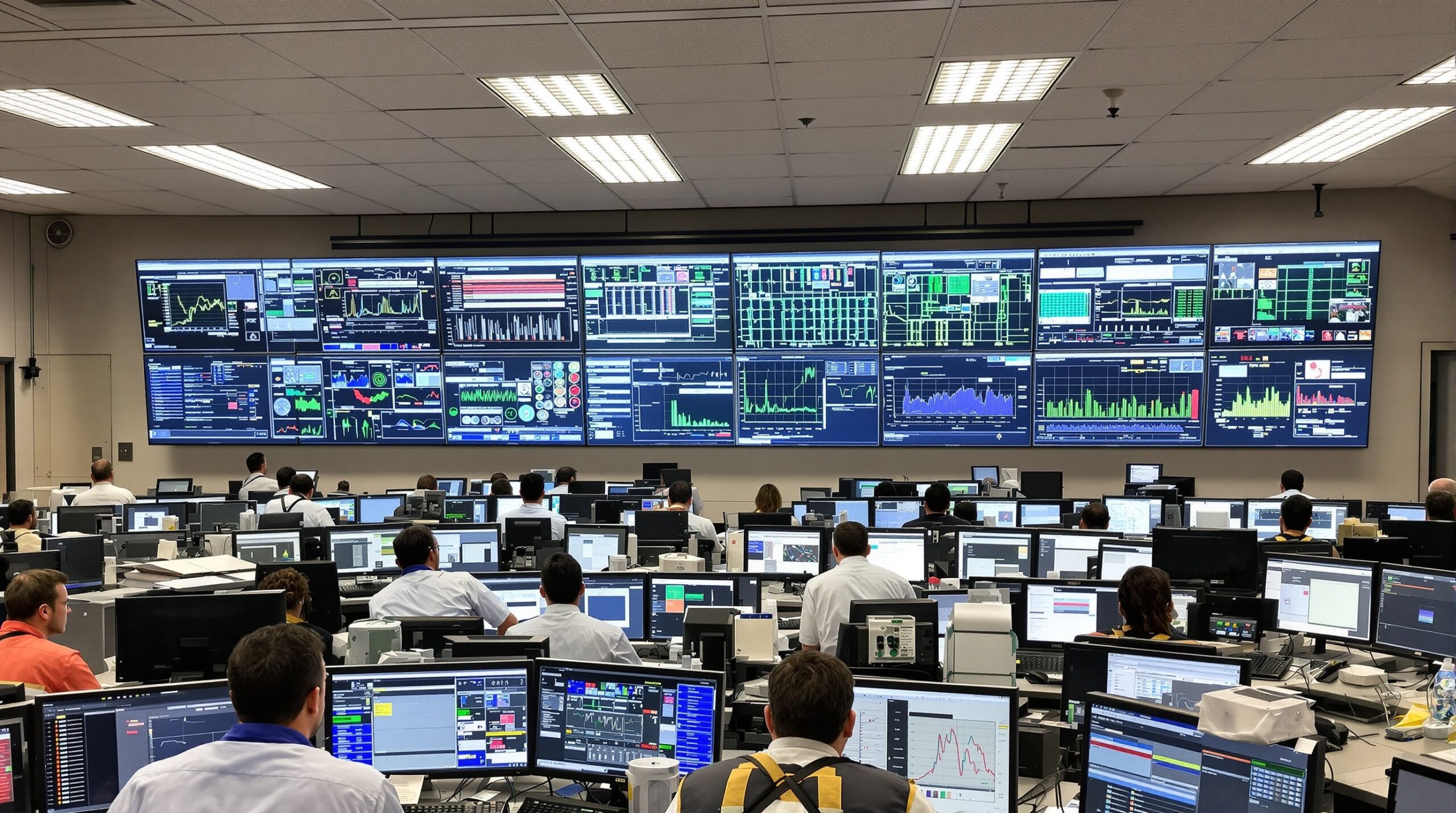Across the globe, electric grid operators are preparing for a new era. Data center demand is driving exponential growth in electricity consumption. This shift is already testing the resilience of existing infrastructure. The rapid expansion of cloud computing and artificial intelligence services heightens the pressure. Operators must adapt swiftly to avoid disruptions and maintain a reliable supply.
Rising Demand Driven by Technology
Data centers are essential for everything from social media to banking and online shopping. Lately, the growth of artificial intelligence has compounded energy needs. Each AI model requires high-performance computers that process massive data sets. This resource-intensive approach increases power consumption well beyond traditional web hosting services. Cloud service providers are adding new servers and storage capacity to meet rising expectations.
The expansion is not limited to major metropolitan areas. Smaller cities and suburban regions are now hosting large-scale data campuses. This broadening network creates fresh challenges for regional grid operators. They must forecast new loads more accurately than ever.
Electricity Grid Stress and Reliability Concerns
Many existing grids were designed decades ago, before the digital economy exploded. As a result, their capacity and resilience are under strain. In some states, utilities project that data center consumption could outpace growth in other sectors tenfold. This surge comes as grids already face obstacles from weather events and renewable energy integration.
Electric grid operators worry that sudden spikes could trigger outages. Companies like Dominion Energy in Virginia have warned of transmission congestion. Northern Virginia, home to the largest concentration of data centers globally, sometimes sees new developments delayed because of electric supply concerns. Reliable operation now depends on advanced tools and rapid infrastructure upgrades.
Coordinating with Data Center Developers
Coordination is now essential. Many electric utilities and grid operators work closely with data center developers. New projects require long-term planning to ensure sufficient capacity. Some grid operators, such as those in Texas and Georgia, have set up dedicated teams. These teams help developers understand the timelines for connecting to the grid and any needed upgrades.
Advance notice allows grid operators to schedule investments and reinforce weak points. Additionally, utilities are exploring flexible rates and demand response programs. These measures incentivize data centers to reduce or shift usage during peak periods. The goal is to minimize stress and maintain grid stability.
Renewable Integration and Sustainability Challenges
Many data centers market themselves as environmentally friendly. They seek to purchase electricity from wind, solar, and other renewables. However, matching constant demand with intermittent generation remains a puzzle. Wind and solar output can fluctuate widely. Data center loads, in contrast, are often steady and immense.
Grid operators must therefore balance power from various sources. Battery storage and backup generators provide some flexibility, but not enough for all needs. Utilities are collaborating with technology firms to find better solutions. They are piloting new battery projects and exploring hydrogen-based backup power.
Policy and Regulatory Adjustments
Governments and regulators recognize the need for updated policies. In some regions, fast-track approval processes help launch new infrastructure. Others are studying reforms to grid connection fees and zoning rules. The objective is to minimize delays while ensuring reliability and safety.
Legislators are increasingly involved in the conversation. For example, some states require utilities to submit advanced forecasts for data center-induced growth. Stakeholder meetings bring together power companies, developers, and community members. Transparent communication can help resolve concerns about energy consumption, neighborhood impacts, and environmental commitments.
The Push for Innovation and Investment
Grid operators are not simply reacting to threats. Many are innovating, upgrading substations, and building smarter networks. Investments now focus on automation, more robust transmission lines, and advanced forecasting systems. These investments allow faster detection and response to demand fluctuations.
Technology partnerships will play a crucial role going forward. Utilities work with university researchers and software firms to simulate scenarios. These collaborations help predict stress points before they escalate. Accurate data ensures funds are spent wisely, boosting both reliability and customer confidence.
Preparing for a Data-Driven Future
The digital transformation will not slow down soon. As Internet of Things devices, cloud storage, and AI applications multiply, energy needs will accelerate further. Grid operators realize that preparation is an ongoing process. Proactive investments, continual innovation, and strong industry relationships are all crucial.
Resilience depends on upgraded infrastructure, robust cybersecurity, and flexible operation models. Operators must remain adaptable as usage patterns change. Cross-industry cooperation will help balance growth with environmental responsibility. These efforts ensure the grid can support economic development without compromising reliability.
Conclusion
The surge in data center electricity demand presents a formidable challenge to electric grid operators. New technologies and consumer expectations require an unprecedented level of infrastructure readiness. By working closely with developers, embracing innovation, and adjusting policies, operators aim to meet these demands. The path ahead involves both risk and opportunity. A resilient, sustainable electric grid will be the backbone of tomorrow’s digital economy.

